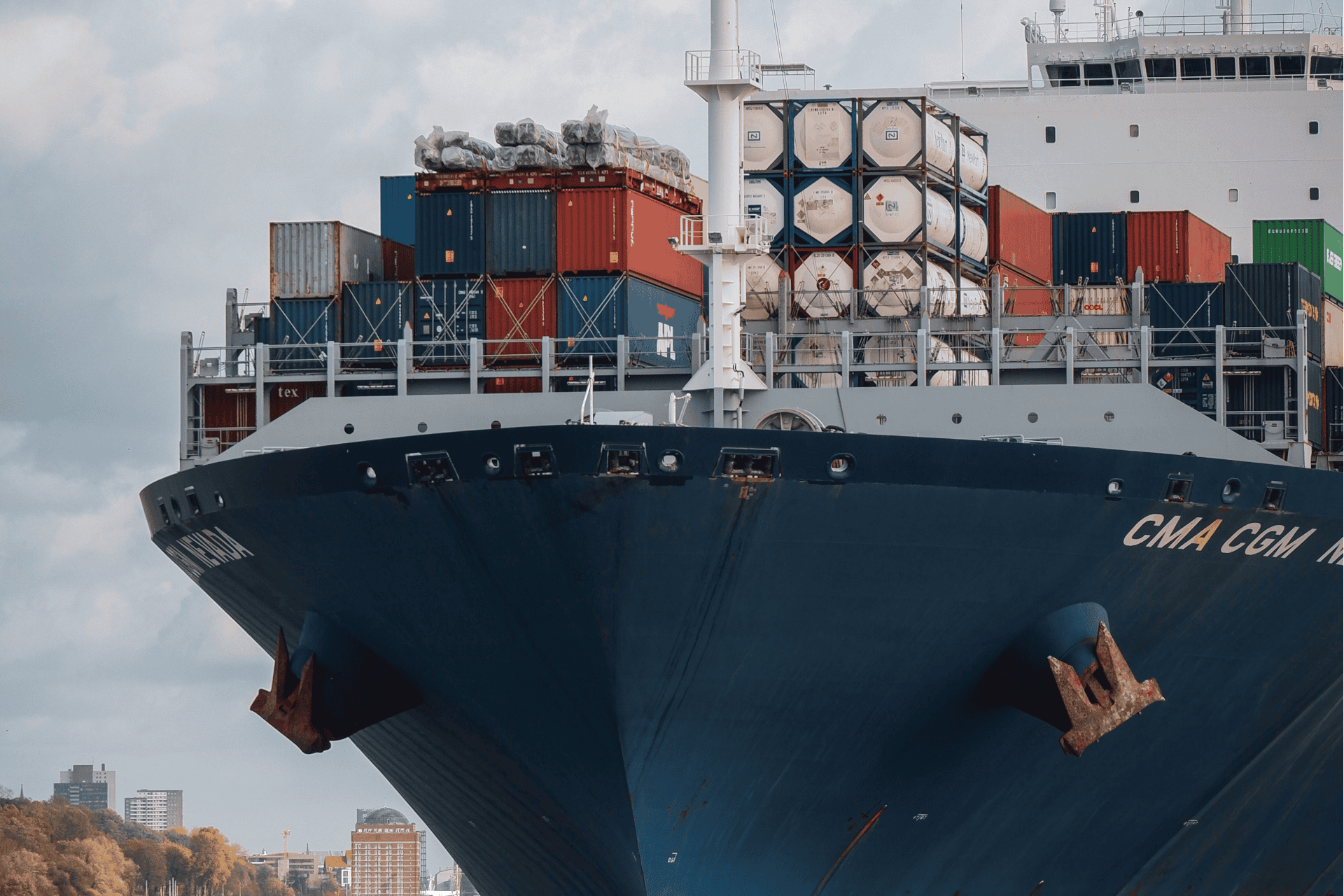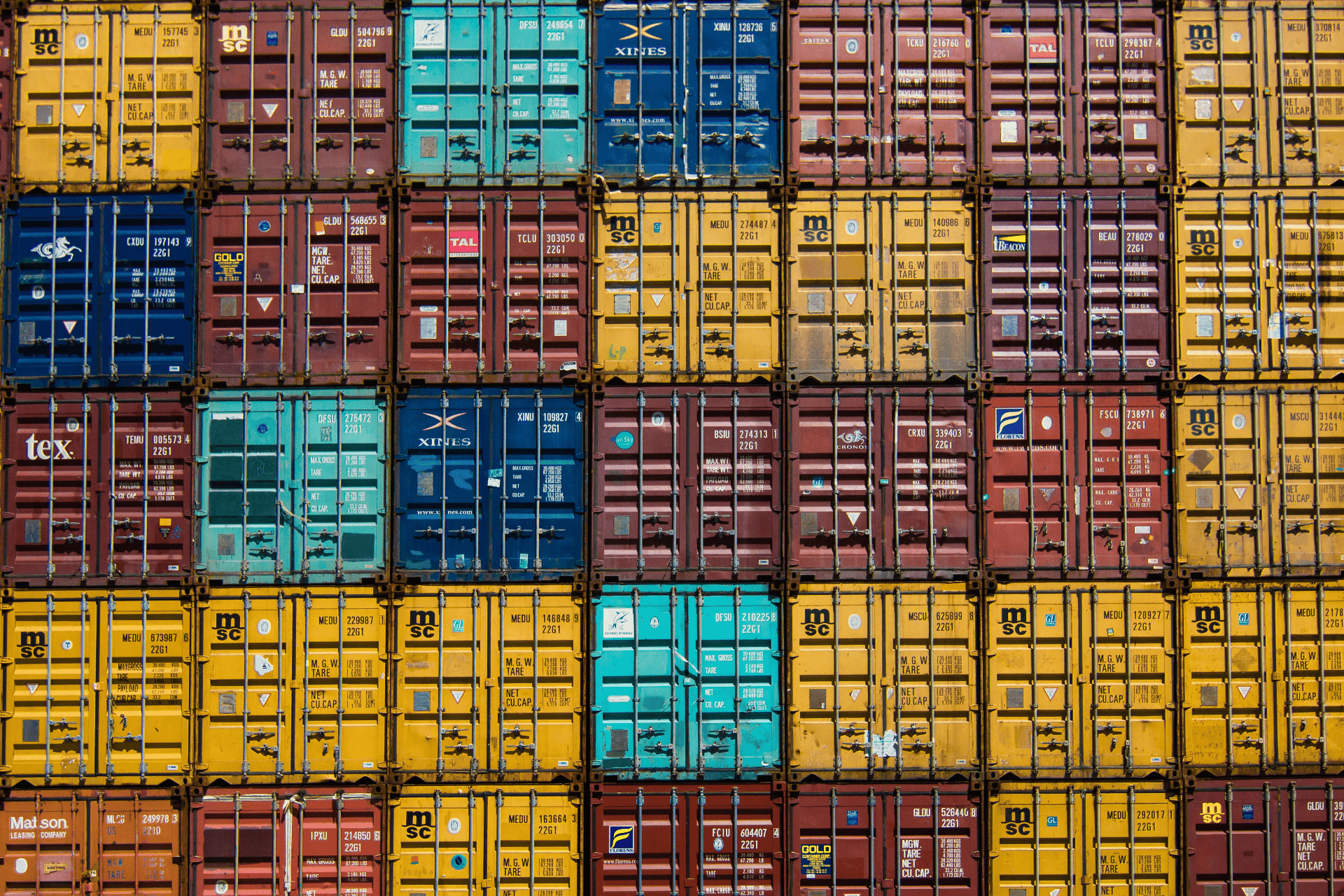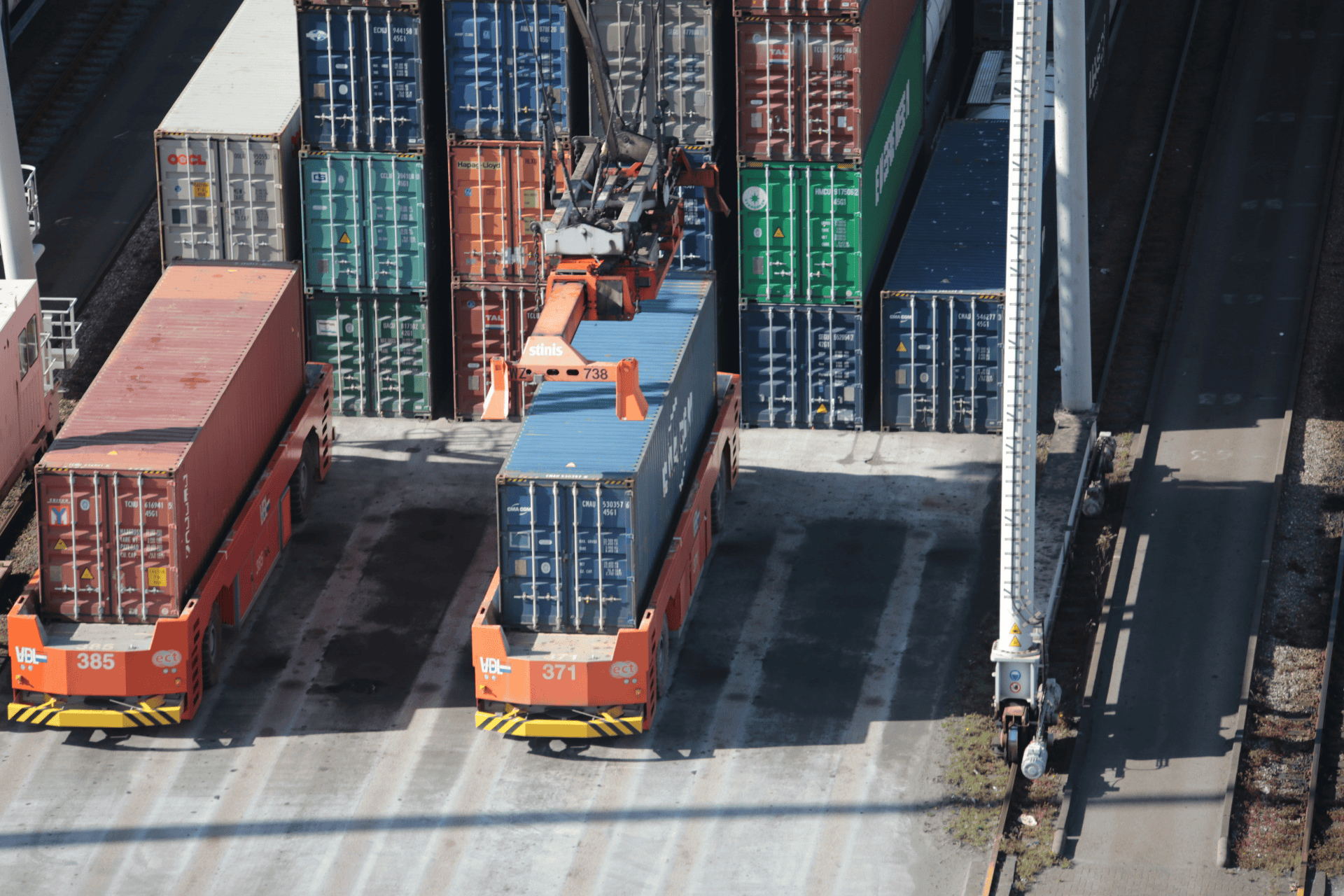Export promotion and marketing campaigns are essential for businesses expanding into new export markets. Thorough market research, brand localization, digital marketing channels, strategic partnerships, and continuous measurement and adaptation are crucial for success. By designing impactful campaigns tailored to the target market's preferences and leveraging various marketing channels, businesses can effectively promote their products and services, capture the attention of potential customers, and establish a strong brand presence in the export market.
Mode Selection
Choosing the appropriate transportation mode is crucial in balancing cost, speed, and reliability. Options include air, sea, road, and rail transport. Air freight is known for its speed but can be expensive for large shipments. Sea freight is cost-effective for bulky goods but requires longer transit times. Road and rail transport are ideal for regional or neighboring markets. Evaluate the nature of the goods, urgency, destination, and budget to select the most suitable mode.
Customs and Documentation
Navigating customs regulations is vital in international trade. Understand the documentation requirements, import restrictions, and licensing obligations of the target countries. Properly prepare and submit accurate customs documents, including commercial invoices, packing lists, certificates of origin, and export licenses. Engaging with experienced customs brokers or freight forwarders can help navigate the complexities and ensure compliance with customs procedures.
Supply Chain Visibility
Maintaining visibility throughout the supply chain is crucial for effective logistics management. Employ technologies, such as transportation management systems (TMS), to track and monitor shipments from origin to destination. Real-time visibility enables proactive decision-making, efficient inventory management, and timely communication with stakeholders. Collaboration with logistics providers and leveraging their tracking capabilities can enhance supply chain visibility.
Risk Management
Identify and mitigate potential risks in the transportation process. Consider factors such as weather conditions, geopolitical risks, trade disputes, and security concerns. Implement risk management strategies like cargo insurance, contingency plans, and diversification of transportation routes. Proactive risk management minimizes disruptions, protects goods in transit, and ensures business continuity.
Sustainable Transportation
Incorporate sustainable practices in transportation to reduce the environmental impact. Opt for eco-friendly transportation modes, consolidate shipments to minimize carbon emissions, and explore intermodal options that combine multiple modes of transport. Additionally, seek logistics partners with a commitment to sustainability and incorporate sustainable packaging practices to contribute to environmental conservation.
Related Information



















































